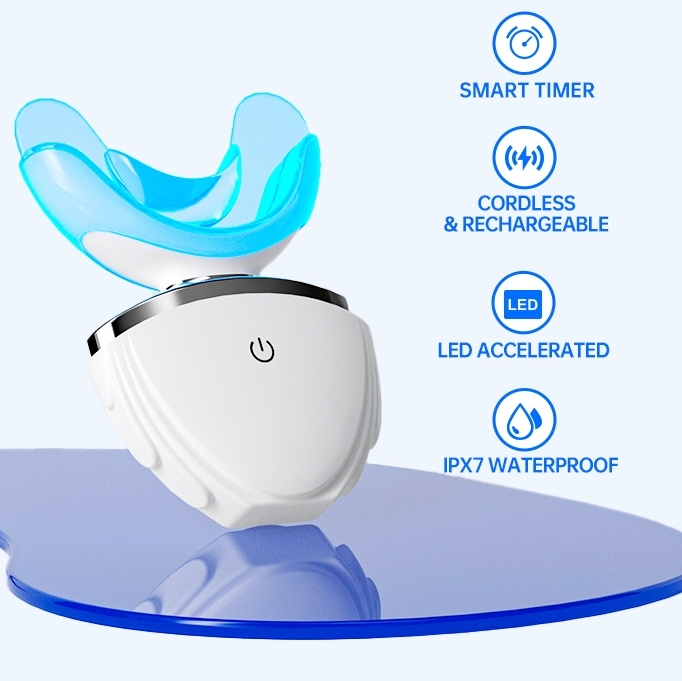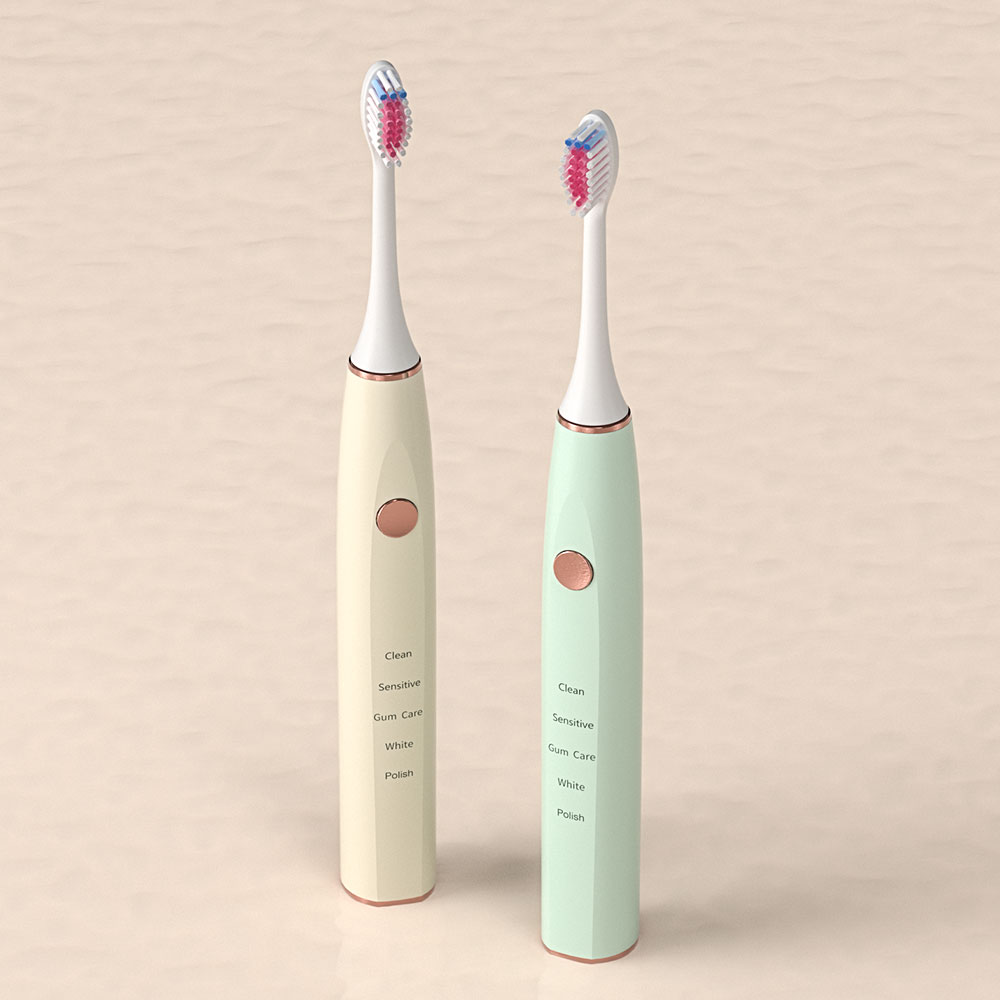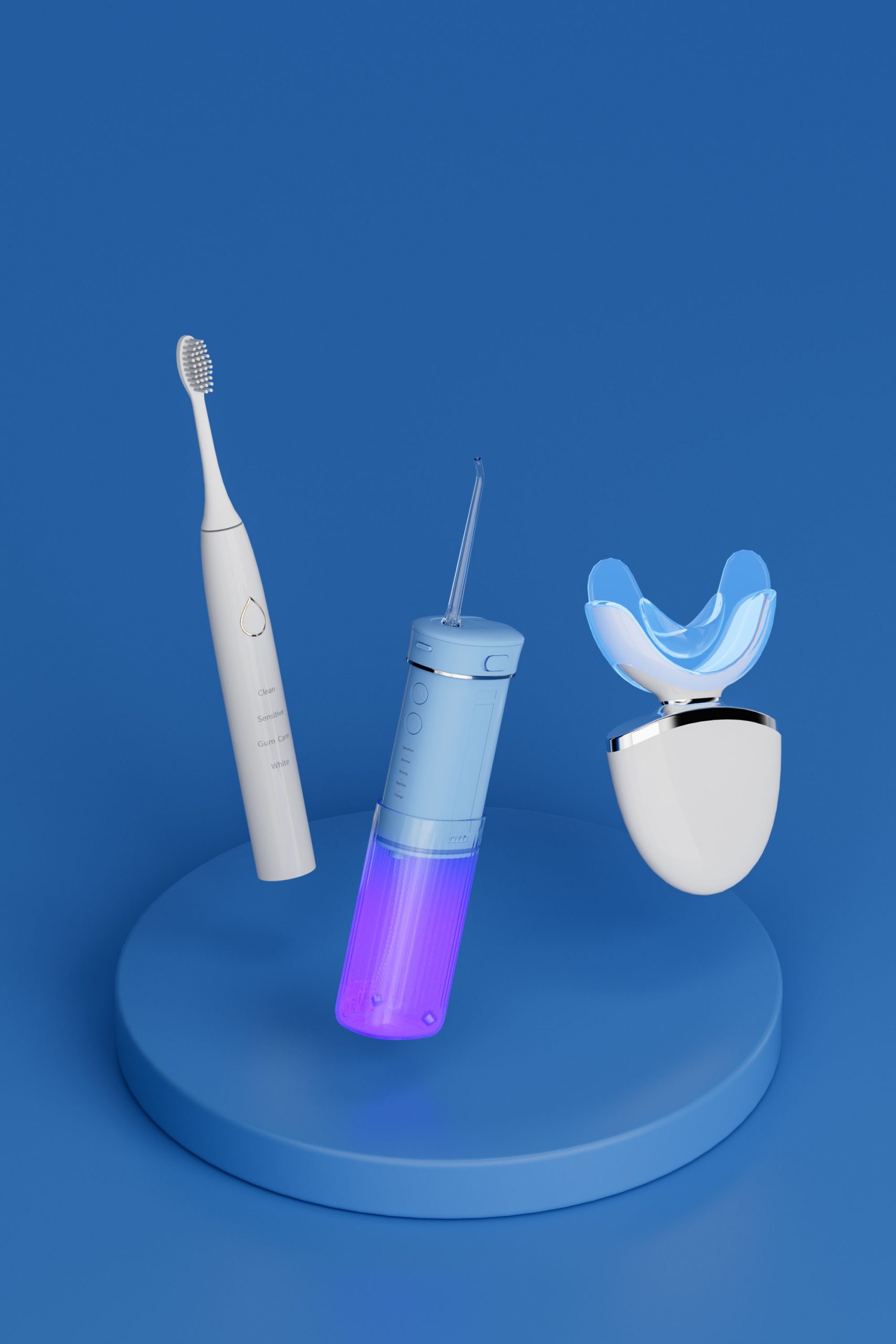In modern light-activated whitening devices, cold light wavelength not only determines the efficiency of bleach decomposition but also ties directly into the device’s power design—such as Type-C charging, which enables rapid top-ups to sustain high-intensity illumination modes. Below, we explore six key aspects of how wavelength influences photochemical bleaching and offer optimization strategies.
First, different LED wavelengths produce photons of varying energy, impacting bleaching activation:
Precisely selecting the cold light wavelength optimizes the initiation of photochemical reactions.
Next, peroxide-based or encapsulated bleaching agents require specific photon energies to decompose:
Thus, wavelength choice directly dictates the primary photochemical pathways of bleach decomposition. Company web:https://www.powsmart.com/product/electric-toothbrush/
Beyond wavelength, how you deliver light matters:
A well-designed irradiation protocol fully leverages the chosen wavelengths.


To sustain high-power, wavelength-specific illumination, robust power management is essential:
In this way, Type-C charging is more than a connector—it underpins steady, high-quality light output.
Maximizing photochemical efficiency also demands careful thermal and chemical stability:
Robust thermal and chemical design ensures sustained performance at the optimal wavelengths.
Finally, looking ahead to next-gen whitening:
By pursuing these innovations, B2B partners can lead the next wave of cold-light bleaching technology.
Conclusion
Precise cold light wavelength selection and efficient Type-C charging work hand-in-hand to drive optimal bleach decomposition. B2B manufacturers must balance wavelength tuning, irradiation protocols, power management, and thermal design to deliver fast, stable, and safe whitening solutions. For collaboration on integrated cold-light and charging system design, please contact our engineering team!

Gingival Abrasion with Saliva Depletion – A Silent Crisis in Oral Care Design?
-1-scaled.png)
How Red Light Therapy Boosts Gum Health in Advanced Oral Care Products
Explaining the Teeth Whitening Device and How to Use It?
Simple One Button Electric Toothbrush for Senior Citizens Pune

How much does it cost to manufacture a toothbrush?
Can Chemical Burns from Whitening Kits Cause Crown Discoloration?

Analysis of Negative Reviews from Water Flosser Users: Factory-Side Solutions for Water Leakage, Loud Noise, and Unstable Pressure

Cost Structure Analysis and Risk Avoidance of Small Batch Trial Production for Whitening Teeth Devices
Gentle Electric Toothbrush for Sensitive Aging Gums
Why Dentist Consultations Mitigate Home Treatment Risks?

How to Establish a Stable Supply Chain for Oral Care Products? A Guide for Distributors

How to Increase Repurchase Rate Through the “Brush Head + Toothbrush Handle” Accessory Adaptation Structure?

Is Blue Light Under 480nm Safe for Teeth Whitening Devices?
Does Toothbrush Battery Life Impact Gum Recession Risk?

PowSmart’s Commitment to Quality: What Sets Our Oral Care Products Apart

FDA-Approved Antibacterial Bristles of Electric Toothbrush: A Safety Guide for Oral Care

electric toothbrush heads Deep Clean

electric toothbrush heads Regular Clean
.jpg)
Florida Electric Toothbrush – Powsmart PTR-C8

Customization Teeth Whitening Gel

electric toothbrush heads Charcoal Infuse-Round

Private Label Whitening Gel

Electric toothbrush heads Charcoal Infused-Diamond

electric toothbrush heads Ultra Soft
whstapp
whstapp
National Toll-Free Service Hotline
+86 755 86238638